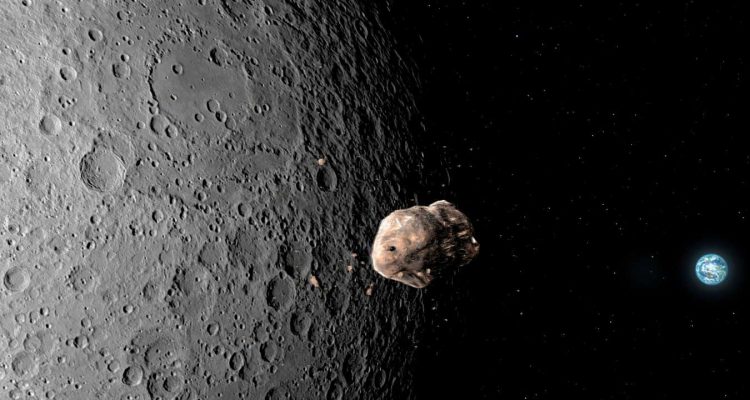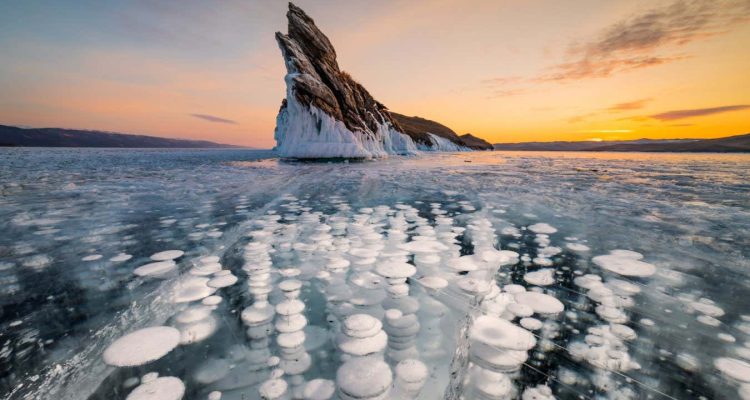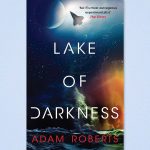Culture editor Alison Flood rounds up the New Scientist Book Club's take on our latest read, a time-travelling romance
Kaliane Bradley’s The Ministry of Time was (largely) a hit with the New Scientist Book Club
Kaliane Bradley’s The Ministry of Time was (largely) a hit with the New Scientist Book Club
One of the wonderful things about science fiction is the broadness of its church, and this was really brought home to me by our two most recent reads. The New Scientist Book Club moved from the hard science fiction spacefaring of Larry Niven’s classicRingworldin May to the near-future-set time travel of Kaliane Bradley’sThe Ministry of Timefor our June read. The former takes its science seriously, diving into the maths and physics of its set-up with gusto; the latter – not so much.
Our verdict on Ringworld by Larry Niven: Nice maths, shame about TeelaCulture editor Alison Flood rounds up the New Scientist Book Club’s thoughts on our latest read, the science fiction classic Ringworld by Larry Niven
Our verdict on Ringworld by Larry Niven: Nice maths, shame about Teela
Culture editor Alison Flood rounds up the New Scientist Book Club’s thoughts on our latest read, the science fiction classic Ringworld by Larry Niven
The story of an unnamed civil servant who is given the job of supporting an “expat” from history – Commander Graham Gore, a (real) Victorian polar explorer from 1847 –The Ministry of Timeis many things in one: a thriller, a romance, a piece of climate fiction (apparently), a science fiction novel about time. I couldn’t put it down and loved all of it – apart, perhaps, from the ending. But more on that later. This isNew Scientist, so let’s get to the science fictional aspects of this novel first.
Bradley’s time travel is, I would say, a MacGuffin: something that exists for her to have fun with bringing her characters from the past into the present(ish) day. As she puts it: “The moment you start to think about the physics of [time travel], you are in a crock of shit.” I don’t think it’s any the worse for her disinclination to explain time travel – after all, I’m not sure evenour top physics minds are quite there yet– and most of you agreed.
“I actually liked that the time travel was just taken for granted, allowing the main plot to be developed – after all it has been treated in many ways in many other sci-fi novels,” writes Simon Saunders on ourFacebook group. “And that made for very interesting plot and character development. In that way I felt it was more of a novel with a sci-fi backdrop rather than a sci-fi novel as such.”
For Pauline Moncrieff, for whomThe Ministry of Timewas her book of the year so far, Bradley’s approach to time travel was “perfect”, while for Terry James, who has “an ambivalent attitude about time travel” because of the paradox it presents – “If I travel back in time, murder my grandfather, does that mean I stop existing?” – it also worked. “For this reason, I smiled when I saw how the whole technical and physical challenges of time travel was basically skipped by the author. Keep it simple,” he writes.
Join us in reading and discussing the best new science and science fiction books
Read an extract from time-travel novel The Ministry of TimeIn this short extract from Kaliane Bradley's sci-fi novel, her protagonist makes a startling discovery about the nature of time
Read an extract from time-travel novel The Ministry of Time
In this short extract from Kaliane Bradley's sci-fi novel, her protagonist makes a startling discovery about the nature of time
Christen Millard Shore was of the same opinion. “I was glad of the open hand-wavery that said ‘pretend this isn’t a problem and assume it’s ok.’ It is a problem otherwise.”
Gosia Furmanik, however, wasn’t so sure. She “really liked how this was written, the language was very imaginative and colourful, it was gripping and tickled my brain in the right way”. But she “found the plot pertaining to the main intrigue/ time travel quite confusing, nothing much happened or got revealed until the very end, so it was really hard to be engaged in this aspect of the book”. Rather damningly for a book club focusing on science fiction, she felt that “the whole science fiction aspect of the book was somehow secondary to the romance and musings on immigration and identity”.
I think Gosia is right here, but that wasn’t a negative for me – I was absolutely swept away in the romance of this novel and definitely fell for Commander Gore (so did Bradley – check out myinterviewwith her to find out more about her historical crush). I am a big fan of romantic literature in general though, so perhaps it’s not surprising I would like it. And I wasn’t the only one.
“I wouldn’t normally be interested in romance as the main element of a book – but I was prepared to accept that it was very well done. However I think the book was much more than the romance – it was a meditation on the meaning of empire and what it means to fit in when you don’t have the same family history as your peers and then finally how you can fit in so much and think that you have overcome oppression but become a part of the oppression yourself,” says Alan Perrett. “I thoroughly enjoyed it.”
Phil Gurski was of a different opinion. “I really liked the concept but this was not really a sci-fi but a romance,” he writes. “Not that I am a prude, but the 4-page sex scenes were unnecessary.”
There were many things I loved aboutThe Ministry of Time, but perhaps top of the list for me was Bradley’s subtle but brilliant sense of humour. There is something innately funny about plonking someone from the 19th century into the modern world and seeing how he deals with everything from Spotify to dishwashers, but what I loved about Bradley’s writing was her lightness of touch.
“I have laughed out loud a number of times,” agrees Christen. “Mostly at the girls talking together and discussions of the chicken purse.” Yes! The chicken purse was a joy. And the girls interacting was definitely a high point. I’m a little in love with Margaret Kemble from 1665, I think, as well as Graham Gore.
Gosia gives the humour a cautious thumbs up. “I initially thought it was quite funny (e.g. nobody was making him watch EastEnders) but then I feel it lost this tone and then was a bit jarring – like it was still trying to be funny, when the content of the book was really not funny anymore?” she writes.
Let’s get on to that ending, though, which is where we all had the most issues withThe Ministry. And here’s your regular spoiler alert, just in case you’re yet to finish. The twist – that Adela was a future version of our narrator – definitely took me by surprise, and made me do that pleasurable thing of going back to check that previous bits of the book actually worked in this context. I’d say they did – but it did all get a bit muddled and rushed as we zoomed towards the end, and I found the up-in-the-air conclusion a little frustrating, having become so very invested in Bradley’s romance. I get what she’s saying – that the story itself is “a kind of time travel” – but I still wanted my resolution!
Our favourite science fiction books of all time (the ones we forgot)Following on from our first list, we asked New Scientist staff to pick even more of their favourite sci-fi books of all time. From Isaac Asimov and Ursula K. Le Guin to Star Wars – the list has it all this time, we hope…
Our favourite science fiction books of all time (the ones we forgot)
Following on from our first list, we asked New Scientist staff to pick even more of their favourite sci-fi books of all time. From Isaac Asimov and Ursula K. Le Guin to Star Wars – the list has it all this time, we hope…
David Jones is with me on this. “It was one of those books where you finish it and feel let down. I loved the main characters and felt they deserved a better ending,” he writes.
“This author has done a good job and written a very good, thoughtful and interesting book which I enjoyed. However I wonder if the ending was always there or forced by an editor?” wonders Alan. “It felt a bit forced and tacked on – not part of the initial viewpoint of the author.”
“I was about 80% through and still asking ‘where is this going?’. I feel the story cards were played too close to the chest until the end and didn’t feel the pay off was enough. 3/5 from me,” says George Aranda.
Phil writes onFacebookthat he hopes that next time round “theNew Scientistbook club can get back to true science (fiction)”. I’m keen to oblige, Phil: our July read is Adam Roberts’s hard sci-fi novelLake of Darkness, which is just out in paperback and which opens as a spaceship investigates a black hole where signals appear to, impossibly, be crossing the event horizon. Adam has written a brilliantly brainyessayfor us, all about why he decided his future would be utopian, and you can check out an extracthere. Emily H. Wilson, our sci-fi reviewer atNew Scientist, lovedLake of Darknesswhen it came out in hardback – “intelligent, experimental, grippingly propulsive and full of astonishing ideas”, shewrote– and I’m hoping we all enjoy our journey to the far future as much as she did.
Receive a weekly dose of discovery in your inbox!
We'll also keep you up to date withNew Scientistevents and special offers.
Post Views: 10
















